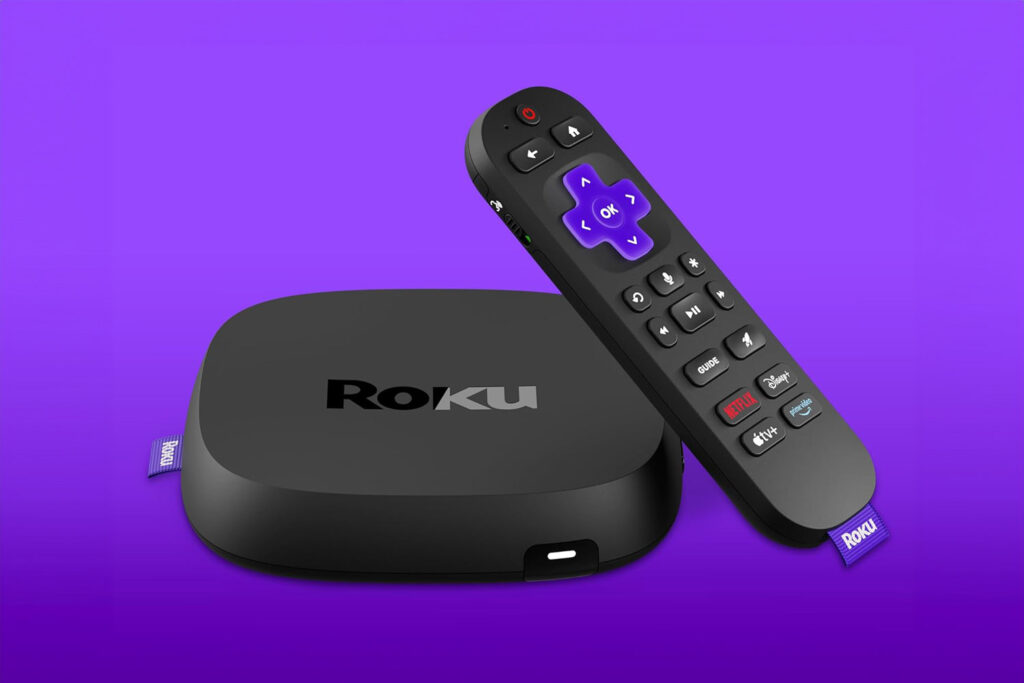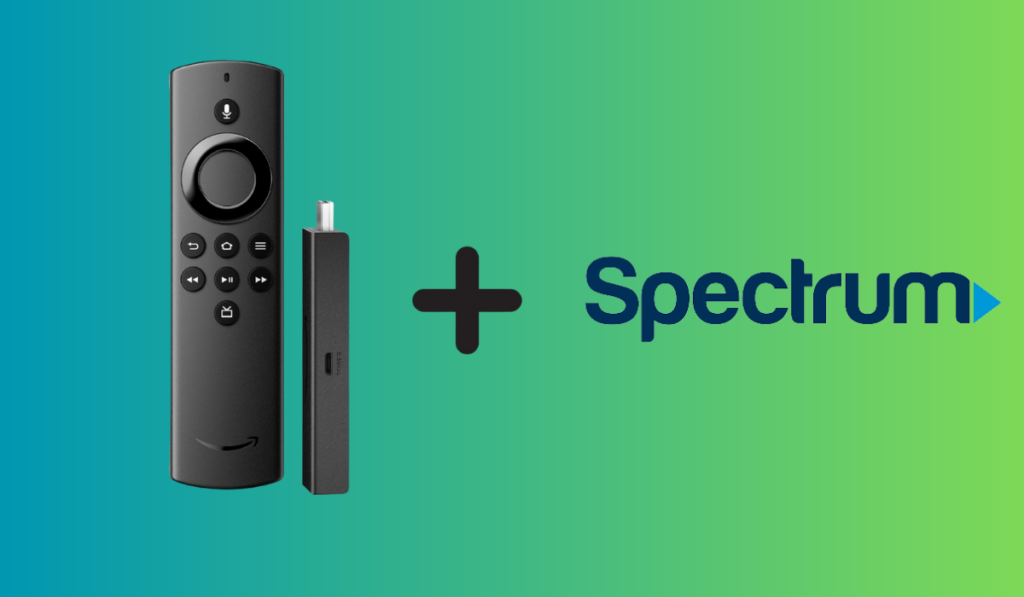Dolby Atmos surround sound technology is no longer limited to fancy cinemas. Thankfully, users can experience the amazing effects offered by this audio format at home as well. But how much data will this special feature use? Is it a realistic option?
Storing and streaming lossless audio requires more data than other formats do. For example, 10 GB of space will accommodate about 1,000 lossless files. Meanwhile, streaming a 3-minute song at 24-bit/48 kHz consumes 36 MB of data. Data needs differ based on your network and audio devices in use.
Although it requires more data, Dolby Atmos may be worth it for the unique quality of the immersive sound effects that it provides. So, let’s understand the audio format in a little more detail and review the steps to enable lossless music on your devices.
What Is Dolby Atmos?

Dolby Atmos is an audio format that provides a surround sound experience. To create the illusion of a 3D experience, the technology aptly places objects’ sound to make it feel more realistic.
Using the height channels, the sound codec adds more depth and clarity to the audio, bringing the effects to the next level. What’s especially interesting is that you can feel sounds coming from different angles and heights.
👉 Related: Dolby Atmos vs Dolby Digital for Your Home Theater
How Does Dolby Atmos Work?
Unlike older audio codecs, Dolby Atmos treats sound signals as objects. Rather than using channels working in different directions, this sound format creates objects’ metadata.
The devices compatible with Dolby Atmos can easily process this metadata to further create an immersive surround sound effect. One of the key factors that give this audio format an edge is the addition of the height channels.
At home, you can achieve this effect by placing speakers on the ceiling. However, that isn’t a necessity. Alternatively, you can pick soundbars offering similar results.
By using up-firing speakers, companies make soundbars powerful enough to deliver Dolby Atmos sound effects. Needless to say, you might have to look for the right device to hear the difference between a typical sound format and Dolby Atmos.
What Is Lossless Audio?
As the name suggests, lossless audio compression reduces the size of the source file while preserving the original data. Most of the other audio compression techniques work differently.
The typical compression technologies are configured to allow some amount of data loss from the original source file. This may or may not have a considerable effect on the sound quality of the file.
But these fail to offer the audio experience that lossless compression provides by ensuring no change to the data after decompression.
Apple is an example of a company that has come up with its own lossless audio compression technology, coined Apple Lossless Audio Codec (ALAC).
The company encodes its complete Apple Music catalogue with ALAC and offers a resolution range between 16-bit/44.1 kHz to 24-bit/192 kHz.
How Much Data Does Dolby Atmos Music Use?
As expected, lossless audio files use a lot more disk space when compared to the other compression techniques.
Let’s understand the difference using an example. If your device has 10GB of space and the files are using high-quality AAC (Apple Audio Codec), you can store around 3,000 songs.
On the other hand, this number drops significantly, to 1,000 songs, with lossless compression. The space requirement increases ever further for hi-res (high resolution) lossless content. In that case, you can add around 200 songs to your list.
It doesn't stop there. Even lossless streaming consumes much more data than other types of streaming. If you're listening to a 3-minute song, the data needs will differ according to the compression technique used, as follows:
- High-efficiency sound format – 1.5 MB
- The high-quality sound format at 256 kbps – 6 MB
- The lossless sound format at 24-bit/48 kHz – 36 MB
- The hi-res lossless codec at 24-bit/192 kHz – 145 MB
These numbers may vary depending on a few parameters. For instance, network stability, speed, the audio device’s capabilities, and so on.
A Few Facts About Lossless Compression in Apple Music
- If you wish to stream lossless music online, while using a WiFi network or cellular data, the data consumption will be significantly higher.
- For downloading audio with lossless compression, the device will require significantly more storage space.
- Audio files created with higher resolutions will use more data compared to the ones recorded with lower resolution.
- Bluetooth connections using Apple wireless devices are not lossless but instead based on high-quality AAC.
How Do I Listen to Dolby Atmos Music?
By changing the audio setting preferences on your devices, you can access Dolby Atmos music. However, the setup process will differ widely depending on your smart device.
Listening to Lossless Music on iPhone or iPad

Make sure to update your device to the latest version of iOS or iPadOS. Do not forget to connect your device to headphones or speakers using a wired connection.
Additionally, you'll need a digital-to-analog converter for accessing audio with sample rates beyond 48 kHz.
Once you're all set, follow the instructions below to enable lossless music on your device:
- Select ‘Music' under your device's settings menu
- Click on ‘Audio Quality'
- If ‘Lossless Audio' is set to ‘ON’, leave the setting as is and exit. If not, tap on the ‘Lossless Audio' button to toggle it from ‘OFF’ to ‘ON’
- Those wanting to choose different audio quality preferences for streaming and downloading options can select their preferences under ‘Lossless Audio'
- Choose ‘Lossless' if you want the resolution to stay up to 24-bit/48 kHz
- Choose ‘Hi-Res Lossless' to extend the resolution up to 24-bit/192 kHz
Listening to Lossless Music on Mac
Start by updating your Mac to the latest version of macOS and use a wired connection to install your favorite powered speakers or headphones on the Mac.
Note: To listen to songs at sample rates higher than 48 kHz on a Mac other than the 14-inch MacBook Pro (on Amazon) and the 16-inch MacBook Pro (also on Amazon), you must get an external digital-to-analog converter.
Finally, you can change the settings of the device to browse lossless music on Mac:
- Go to the Apple Music app on your Mac.
- Locate ‘Music' from the menu bar. Choose ‘Preferences' under this option.
- Select the tab that says ‘Playback.’
- Look for the ‘Audio Quality' option. Under this choice, you will either select or unselect “Lossless audio.” For lossless sound quality, make sure to select this option.
- Those wishing to choose different audio quality preferences for streaming and downloading options can opt for it under ‘Lossless Audio.'
- Choose ‘Lossless' if you want the resolution to stay up to 24-bit/48 kHz
- Choose ‘Hi-Res Lossless' to extend the resolution up to 24-bit/192 kHz
👉 Related Reading: Best Music Streaming Service in 2025
Listening to Lossless Music on Apple TV 4K
Before proceeding to the TV’s settings, ensure that all the connections are established, especially the connection between the Apple TV 4K and the AV receiver via an HDMI cable. Also, don't forget to ensure the latest version of tvOS is installed on your Apple TV 4K.
- Select ‘Apps' under ‘Settings'
- Navigate to Music > Audio Quality
- Here, you can choose to select or unselect the ‘Lossless’ option.
Note that at the time this article was written, Apple TV 4K was not compatible with Apple’s Hi-Res Lossless codec.
Listening to Lossless Music on an Android Device
Are you a fan of Android devices instead of Apple? Well, you can still enjoy lossless music on your Android smart devices. All you need to do is install the Apple Music app on your device.
Needless to say, use a wired connection between your device and the audio receivers such as headphones or speakers.
If your device does not support music at sample rates beyond 48 kHz, get an external digital-to-analog converter. To find out if you need an external digital-to-analog converter, contact the manufacturer of your Android device.
To enable lossless audio:
- Go to the Apple Music app on your device
- Use the ‘more' button to reach the app’s settings
- Choose ‘Audio Quality' to turn on the ‘Lossless’ option. Just tap on it to toggle from ‘OFF' to ‘ON'.
- Those wishing to choose different audio quality preferences for streaming and downloading options can opt for it under ‘Lossless Audio.'
- Choose ‘Lossless' if you want the resolution to stay up to 24-bit/48 kHz
- Choose ‘Hi-Res Lossless' to extend the resolution up to 24-bit/192 kHz





